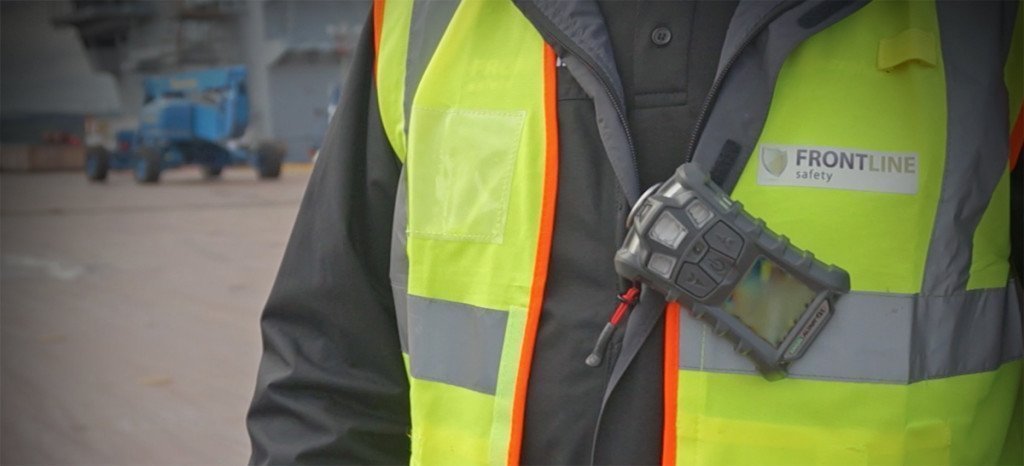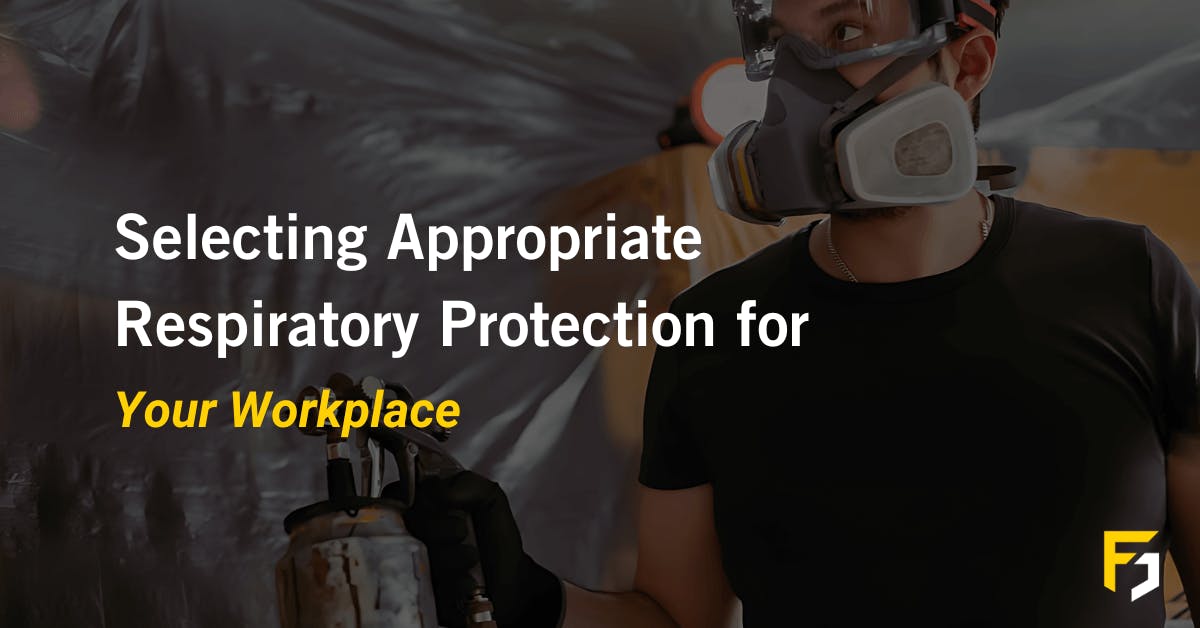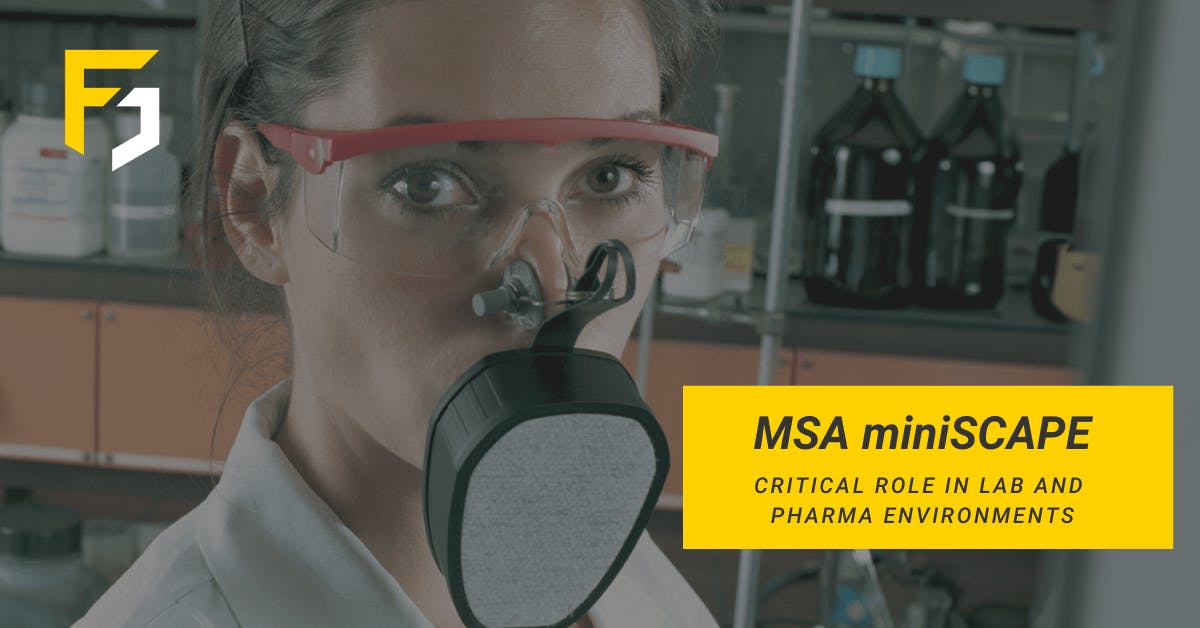
Health & Safety at Work Week 2015 - How to Work in Confined Spaces
Continuing our series of articles aimed at supporting Health and Safety at Work Week 2015, we're going to focus on the subject of working in confined spaces. You can read our report on preventing the spread of legionella bacteria here.
In this article we'll be looking at the health and safety risks associated with working in confined spaces, and one particular product that can take much of the danger out of such work.
What is Classed as a Confined Space?
The HSE has some guidance on what can be considered a "confined space". Essentially, a confined space can be "any space of an enclosed nature where there is a risk of death or serious injury from hazardous substances or dangerous conditions (e.g. lack of oxygen).”
Such places would include:
- storage tanks
- silos
- reaction vessels
- enclosed drains
- sewers
It seems logical to consider these "confined spaces" as they're enclosures with limited openings, but there are other work environments that would also be classed as confined spaces that might not seem as obvious, such as:
- open-topped chambers
- vats
- combustion chambers in furnaces etc
- ductwork
- unventilated or poorly ventilated rooms
As a result it's important that proper risk assessment is carried out when we, or our team, are going to be working in such areas. The HSE lays such responsibility firmly at the feet of employers and the self-employed alike:
The Management of Health and Safety at Work Regulations 1999 requires employers and self-employed people to carry out a suitable and sufficient assessment of the risks for all work activities for the purpose of deciding what measures are necessary for safety. For work in confined spaces this means identifying the hazards present, assessing the risks and determining what precautions to take.
What Are the Dangers of Confined Spaces?
The dangers of working in a confined space are varied, depending on the environment of the confined space and the work that'll be carried out. Some of these risks can be very accurately assessed before work starts, whereas others fall into the "common sense" category and will rely, in part, on the diligence of the person working in the space.
Share this on Twitter, LinkedIn and via email
For example, lack of oxygen is a huge factor to consider, especially as the depletion of oxygen below the normal atmospheric concentration of 20.9% v/v is the most common cause of workplace death or injury caused by gas hazards.
On top of that, exposure to poisonous gases, fumes of vapour also claim lives, as does fire or explosions due to the build up of flammable gases. And then there's the risk of the heat within the confined space causing a dangerous increase in body temperature.
Therefore proper protocol would suggest that pre-entry checks are performed before anyone enters into a confined space. This is a hugely important part of confined space working as it checks for the presence of gas in the space before entering.
There are two ways to perform a confined space pre-entry check:
- Diffusion detectors can be lowered into a space and the alarms monitored
- Pumped detectors can sample the atmosphere within the space by means of suitable probes
How to Stay Safe When Working in Confined Spaces
So, given that proper risk assessment should be carried out, along with the monitoring of gases and temperatures within the confined space while work is going on, it's imperative that we - and our team - are properly equipped to stay safe.
That's where the Altair 4X comes in. It's part of the MSA range of gas detectors, and it will allow for a robust pre-entry test of the confined space. And it will monitor for the presence of harmful gases while work is taking place within the space.
We're recommending it during Health and Safety at Work Week 2015 because we feel it's one of the best of its kind on the market. Not only is it bundled up in a tough, but lightweight, rubberised housing, it's ideal for applications including oil, gas, and petrochemicals, pharmaceuticals, chemicals, confined space, fire service, municipal works and also mining. You can see all the details on the Altair 4X here.
Why is the MSA Altair 4X Perfect for Confined Space Work?
We put together a quick video showing you the key features, spec and benefits of the Altair 4X, which you can watch here.
Share this on Twitter, LinkedIn and via email
One of the huge benefit's of MSA's Altair 4X gas detector, asides from it's ability to perform pre-entry check and alert you to the presence of gas, is the fantastic MotionAlert and InstantAlert features.
As we've already seen, it is possible to become incapacitated while working in a confined space. Should that happen the Altair 4X's MotionAlert will activate and alert your team with your location. And if you're presented with a hazardous environment, pressing the InstantAlert button on the device will notify those around you to the danger.
Operating such a safety device in a confined space should be as easy as possible, and MSA has made sure this is the case with the Altair 4X, from the large, bright LCD display to the "glove-friend" buttons.
There's little doubt that confined space work can be among the most dangerous of applications for any profession. Therefore, as we've seen, it's important to remind ourselves during Health and Safety at Work Week of the risks, but also of how devices such as the Altair 4X can make us - and those we work with - safer.
If you've got any questions about pre-entry checks, confined space safety or gas detection, please let us know in the comments section, or by using our LiveChat function.








